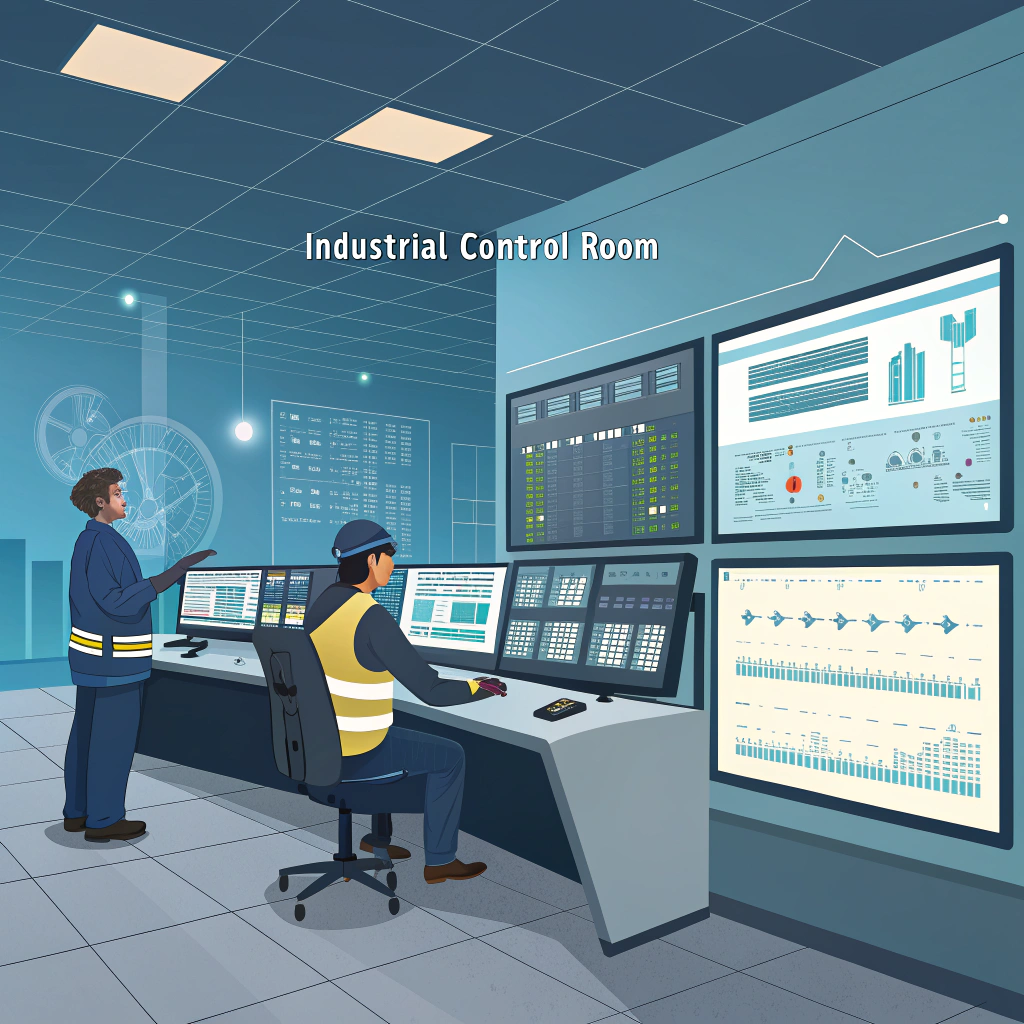Packaging Automation Solutions: Machinery Selection and Efficiency Gains
Packaging automation has become essential for manufacturers seeking to improve efficiency, reduce costs, and maintain consistent quality. Modern automation solutions offer significant productivity gains while addressing labor shortages and increasing demand for precision packaging. Understanding machinery selection criteria ensures optimal return on automation investments.

Advanced packaging automation systems integrate multiple technologies to create seamless, high-speed production capabilities.
Automation Technology Categories
Primary packaging automation includes form-fill-seal machines, cartoning systems, and labeling equipment that directly interact with products. These systems handle product containment, sealing, and initial identification requirements with speeds ranging from 50 to 1,000 packages per minute depending on complexity.
Secondary packaging automation encompasses case packing, palletizing, and wrapping systems that prepare products for distribution. These systems typically process 15-30 cases per minute while maintaining precise alignment and stack integrity essential for warehouse operations.
Machinery Selection Framework
Production volume requirements determine automation complexity and investment levels. High-volume operations exceeding 10,000 units per hour benefit from dedicated automated lines, while medium-volume applications may utilize flexible automation that handles multiple product formats.

Automation delivers measurable efficiency improvements compared to manual packaging operations, with consistent quality and reduced labor requirements.
Product characteristics significantly influence machinery selection. Fragile items require gentle handling systems with precision placement capabilities. Liquid products demand specialized filling and sealing technologies that prevent contamination and ensure accurate volumes.
Package format flexibility affects long-term automation value. Multi-format systems accommodate product line extensions and seasonal variations without major equipment changes. Changeover time between formats should not exceed 30 minutes for optimal efficiency.
Key Performance Indicators
Overall Equipment Effectiveness (OEE) measures automation success through availability, performance, and quality metrics. World-class packaging lines achieve OEE scores above 85%, indicating minimal downtime, optimal speed, and low defect rates.
Labor productivity improvements typically range from 200-500% with automation implementation. These gains result from consistent operating speeds, reduced setup times, and elimination of manual handling variations that affect throughput.
Quality consistency improves dramatically with automation as machines maintain precise tolerances and eliminate human error variables. Defect rates often decrease by 75-90% compared to manual operations while ensuring regulatory compliance.
Integration Considerations
Manufacturing Execution Systems (MES) integration enables real-time monitoring and data collection essential for continuous improvement. These systems track production metrics, identify bottlenecks, and optimize scheduling across multiple packaging lines.

Integrated control systems provide real-time monitoring and data analytics to optimize packaging automation performance and efficiency.
Preventive maintenance programs become critical with automation investment protection. Scheduled maintenance reduces unexpected downtime while extending equipment life. Maintenance costs typically represent 3-5% of equipment value annually when properly managed.
Return on Investment Analysis
Automation investments typically pay back within 18-36 months through labor savings, increased throughput, and reduced waste. Labor cost savings often represent 60-70% of total benefits, with efficiency gains and quality improvements providing additional value.
Energy efficiency improvements offset utility cost increases from automation equipment. Modern systems use 20-30% less energy per package compared to older manual operations through optimized motor controls and reduced idle time.
Implementation Strategy
Phased automation implementation reduces risk while building operational experience. Starting with high-volume, standardized products provides immediate benefits and learning opportunities before expanding to complex applications.
Operator training programs ensure successful automation adoption. Comprehensive training covers routine operations, basic troubleshooting, and maintenance procedures. Well-trained operators achieve 95% automation effectiveness compared to 70% for inadequately trained teams.
Technology Trends
Artificial intelligence integration enables predictive maintenance and adaptive process optimization. AI systems analyze performance patterns to prevent failures and automatically adjust parameters for optimal efficiency.
Collaborative robotics (cobots) provide flexible automation solutions for variable production requirements. These systems work safely alongside human operators while providing precision and consistency improvements.
Vendor Selection Criteria
Established vendors with packaging industry experience provide superior support and proven solutions. Evaluation criteria should include technical capabilities, service network coverage, spare parts availability, and training programs.
Reference installations demonstrate vendor capabilities and provide performance benchmarking opportunities. Visiting similar operations reveals actual automation performance and implementation challenges.
Successful packaging automation requires careful planning, appropriate technology selection, and comprehensive implementation support. Organizations that approach automation strategically achieve significant competitive advantages through improved efficiency, quality, and cost structure while positioning themselves for continued growth and market leadership.
At Imperial Paper, we help businesses of all sizes design packaging that protects, performs, and delights. From sturdy shipping boxes to branded unboxing experiences, we’ve got you covered.
📞 Talk to our team or explore our eco-friendly, customizable packaging solutions today.
Need smaller quantities or more personalized packaging options? Visit our partner site BestBoxStore.com—perfect for boutique brands, creative campaigns, and custom low-volume orders.
